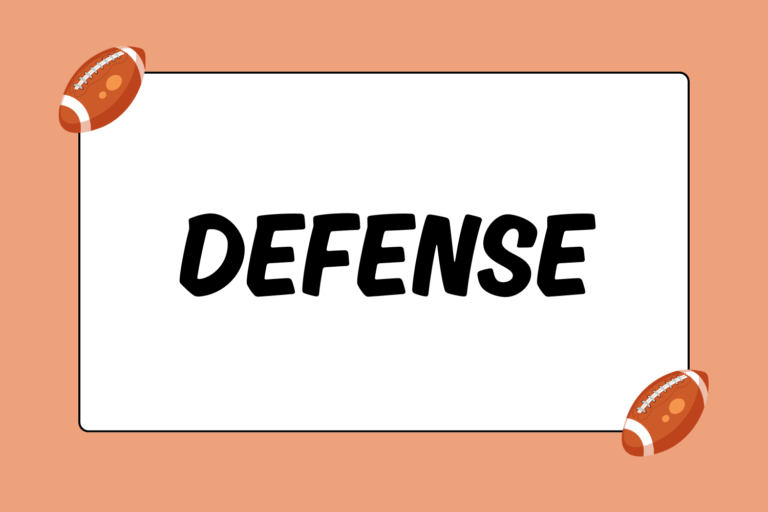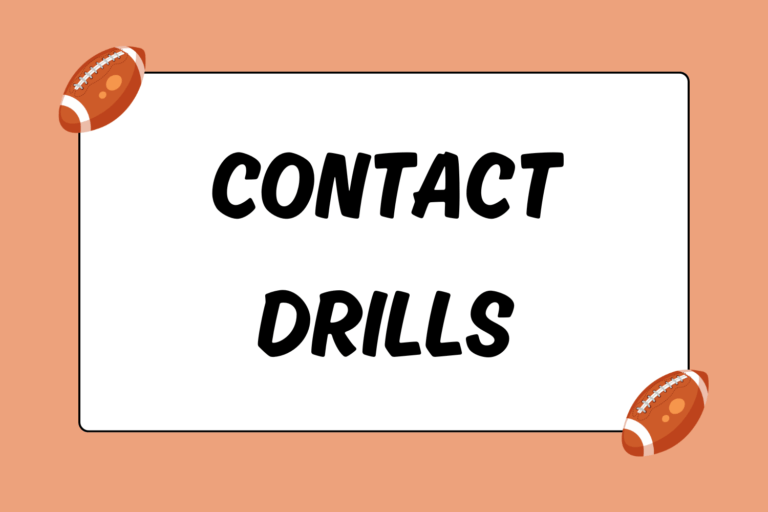The football helmet is one of the most recognizable pieces of equipment in the game, and with good reason. They protect players form the possibility of serious head and neck injuries. While the benefits of wearing a helmet cannot be stressed enough, the facemask deserves recognition for keeping players safe as well. This guide identifies the various types of football facemasks, and explains the major differences between them.
Two Types of Facemasks
Although there are dozens of different facemask designs, they all fall into one of two categories: Open cage and closed cage. For the most part, the distinguishing factors have to do with the eye shield, and are explained below:
Open Cage
Open-cage facemasks are usually worn by skill players (backs, receivers etc). They’re called “open” because the space immediately in front of the players’ eyes is open and unobstructed. The facemask below this area features anywhere from two to four horizontal bars, depending on the particular style of the facemask. The open-cage design allows for a largely unobstructed view and greater field of vision, which is why it’s so popular with skill players that run in the open field.
Closed Cage
Frequently used by linemen, the closed-cage facemask features at least one vertical bar extending down the middle of the facemask. The closed-cage design sacrifices vision for additional security. This facemask is designed for players that endure constant contact, like blockers. Aggressive blocking often result in opposing players’ hands getting close to their faces, so the addition of at least one vertical bar provides extra facial protection.
Facemask Design
Along with the open/closed cage categories, there are several distinguishing design characteristics. These stylistic tendencies alter the appearance of each facemask, but their actual propose is to provide additional protection to a specific part of the facemask.
Most manufacturers abide by a set of acronyms that indicate a facemask’s specific design. These acronyms also identify how the design of the facemask protects certain areas of the face. Here’s a breakdown of these acronyms:
- OPO: Oral Protection Only. An open-cage design that covers only the mouth, providing a minimum level of protection.
- JOP: Jaw and Oral Protection. This design looks similar to the OPO design, but the bottom of the facemask ends a few inches lower, providing additional protection to the jaw area.
- NOPO: Nose and Oral Protection Only. This design is basically the closed-cage version of the OPO design, with the addition of a vertical bar running down the middle of the facemask.
- NJOP: Nose, Jaw, and Oral Protection. This is a closed-cage design that provides a high level of protection across the entire facial area.
- EGOP: Eye Glass and Oral Protection. A variation of the OPO design, the EGOP facemask includes two small vertical bars positioned in the otherwise open section at the top of the facemask. These bars are positioned close to the outside of the facemask, which provides some additional protection while not obscuring the field of vision too much.
While these are the main types of facemask designs, there are additional stylistic tendencies that can be included into the design. Much like the design acronyms, there are abbreviations that refer to the visual element and the facemask’s overall ability to protect the player wearing it:
- R: Stands for “reinforced.” The top of the facemask that runs along the front of the helmet is reinforced with an additional bar (located directly beneath the original one). This provides extra structural strength to the top of the facemask’s opening, reducing the chance that it will stretch or warp.
- DW: Stands for “double wire.” Much like the “R” designation, “DW” facemasks add another horizontal bar across the middle of the facemask. This provides extra structural strength to the opening in the front of the facemask, reducing the chance that it will stretch or warp.
- SW: Stands for “single wire.” Common on open-cage facemasks, the “SW” style has only one bar running horizontally across the facemask. This provides a largely unobstructed field of vision, but a reduced level of protection.
- UB: Stands for “U-Bar.” Some open-cage facemasks have a half-circle shape built on to the very top of the eye opening, just above the bridge of the nose. The U-Bar provides additional protection to the front of the face, while not impairing the field of vision.
It’s common to see acronyms from both of these lists put together. However, not every player wants the same style of facemask. For example, many linemen wear an RJOP -DW facemask, which combines the reinforced and double-wire styles with a facemask that covers the entire facial area. While that is a common design for linemen, you would likely never see it on a wide receiver.
Amazingly True Story
Vern McMillian, the owner of a sporting goods store in Terra Haute, Indiana, is credited as the creator of the first facemask. He created a football helmet that was capable of having rubber-coated wires attached to it, specifically to help protect players’ faces.
Finding the Right Balance
Every style of facemask makes a vision/protection compromise. Facemask styles popular with linemen provide a high level of protection, but not a very clear view of the action. On the flipside, the type of facemask worn by most quarterbacks offers a great view of the field, but very little facial protection. Finding the right style is the key to picking the best facemask for you.





